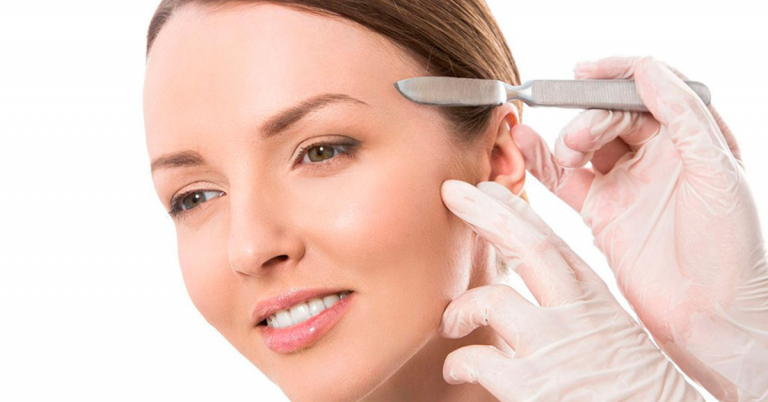Revitalize: PRP in Orthopedics
Platelet-Rich Plasma (PRP) is a revolutionary approach in the field of orthopedics, offering a promising solution for bone and joint healing. PRP is a concentration of platelets, which are blood cells responsible for clotting and initiating healing in injured areas. By harnessing the body’s natural healing capabilities, PRP therapy has shown significant potential in treating various orthopedic conditions.
The Science Behind PRP
PRP is derived from a patient’s own blood. The blood is centrifuged to separate the platelet-rich plasma from other blood components. This concentrated plasma is then injected into the injured area, stimulating the body’s natural healing process.
PRP and Bone Healing
PRP has shown promising results in bone healing, particularly in cases of fractures and bone grafts. The growth factors present in PRP stimulate bone regeneration, enhancing the healing process and reducing recovery time.
PRP and Joint Healing
PRP therapy is also effective in treating joint conditions, such as osteoarthritis and tendon injuries. PRP injections into the affected joint can reduce inflammation, promote healing, and improve joint function.
Benefits of PRP in Orthopedics
PRP therapy offers several benefits in orthopedic applications. It is a minimally invasive procedure with a low risk of complications, as it uses the patient’s own blood. Moreover, PRP therapy can potentially reduce the need for surgery or prolonged use of medications.
Effectiveness of PRP
Several studies have demonstrated the effectiveness of PRP in orthopedics. However, more research is needed to establish standardized protocols for its use and to understand its long-term effects.
Considerations for PRP Therapy
While PRP therapy holds great promise, it is not suitable for everyone. Patients with certain medical conditions, such as cancer or blood disorders, may not be eligible for PRP therapy. It is important to discuss with a healthcare provider to determine if PRP is the right treatment option.
Frequently Asked Questions (FAQ)
1. Is PRP therapy painful?
While some discomfort may be experienced during the injection, most patients tolerate the procedure well. Pain can be managed with over-the-counter pain relievers.
2. How many PRP injections are needed?
The number of PRP injections varies depending on the severity of the injury and the patient’s response to treatment. Typically, 1-3 injections are required.
3. Are there any side effects of PRP therapy?
As PRP uses the patient’s own blood, the risk of allergic reactions or infections is minimal. However, some patients may experience temporary pain or swelling at the injection site.
Conclusion
PRP therapy is a promising approach in orthopedics, offering a natural and effective solution for bone and joint healing. As research continues, the potential applications of PRP in orthopedics are likely to expand, providing hope for patients with various orthopedic conditions.
Whether you’re in Medspa Chicago Illinois or elsewhere, finding the Best Platelet-Rich Plasma Chicago provider is crucial for optimal results. With the right provider, you can experience the benefits of PRP Chicago for your orthopedic needs.


